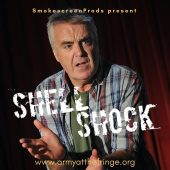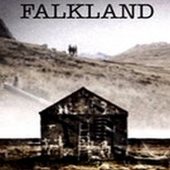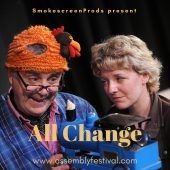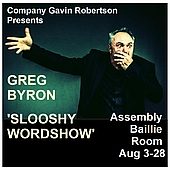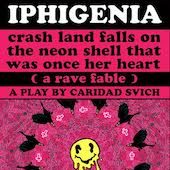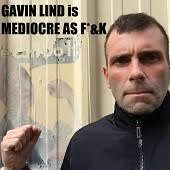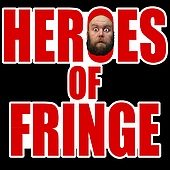Edinburgh Fringe 2025
Kaddish (How to Be a Sanctuary)
Sam Sherman

Genre: American Theater, New Writing, Political, Solo Play, Theatre
Venue: theSpace @ Surgeons' Hall
Festival: Edinburgh Fringe
Low Down
Kaddish (How to be a Sanctuary) weaves together personal loss, global politics, and cultural memory into a performance that feels both intimate and expansive. Rather than offering a linear story, it layers voices, texts, and imagery, inviting the audience into an active process of reflection. The result is less about closure and more about creating a space, a sanctuary, for hard realities to resonate.
Review
Some shows at the Fringe entertain, some provoke, some leave you changed. Kaddish (How to Be a Sanctuary) does all three. It is one of the most powerful and necessary hours I’ve seen this year.
From the moment you enter, the set signals this is not just performance, but scholarship and testimony. We see two desks that flank the stage, a mirror of the past and present. One where the grandfather of writer/performer Sam Sherman writes about his life and holds the past, the other where Sherman, himself, documents his life and modern history.
On Sherman’s present day desk, a mug of the Washington DC metro system is beside a stack of books, spines facing the audience, creating a visible onstage anchor in physical and intellectual space. I will list this bibliography of sorts here as I believe the books provide critical context around how Sherman frames this piece:
- Mohammed El-Kurd’s Perfect Victims and the Politics of Appeal
- Hannah Arendt’s Eichmann in Jerusalem
- Octavia E. Butler’s The Parable of the Sower
- Adam Mansbach’s The Golem of Brooklyn
- Robert Rockaway’s But He Was Good To His Mother: The Lives and Crimes of Jewish Gangsters
- Studs Terkel’s The “Good War”
- Chris Myers Asch & George Derek Musgrove’s Chocolate City: A History of Race and Democracy in the Nation’s Capital.
The collection feels deliberate, eclectic, and electric: Jewish thought in dialogue with Black history, oral testimony in conversation with political critique, speculative fiction alongside atrocity study. It situates the work immediately in a lineage of thinkers who wrestled with complicity, resilience, and the politics of memory.
The performance itself unfolds as a living kaddish, a memorial prayer, but also a demand that memory become action. Through story, liturgy, and direct address, the performer turns the stage into a sanctuary: not a passive place of refuge, but an active space of reckoning. He doesn’t simply mourn the past- he interrogates it. He doesn’t simply celebrate identity- he complicates it. Jewishness here is not flattened into trauma or triumph, but explored through contradiction.
This piece is just as much about collective history as it is about Sherman himself and his family’s story. It’s a view on how time, place, and legacy shape a person and the world. Sherman shares that he grew up in Washington DC, his father a human rights lawyer, his grandfather a World War II veteran, born from a Jewish line that had to escape Poland and seek refuge in the United States in the early 1900’s. It all creates context for his particular lens on history and current affairs.
There are moments where the weight of the injustices of the world is almost unbearable, then others where humor or irony punctures the tension, reminding us that survival is not only solemn, but also playful, stubborn, and alive. The dramaturgy is rigorous but never academic; it feels as though you are being invited into a study session where text, body, and history are all equally sacred sources.
What makes this show extraordinary is its refusal to make things easy. The performer could have crafted something tidy, uplifting, unthreatening. Instead, he insists on complexity- insisting that sanctuary is not comfort, but confrontation. He asks us to hold paradox: to love a tradition and critique its politics, to grieve the dead and fight for the living, to sit in the safety of theatre while remembering those who are not safe.
Kaddish (How to Be a Sanctuary) is the kind of work that stays with you. It lingers like scripture, like protest, like a voice insistent that you not forget. In a festival teeming with noise, this show is a rare space of depth, clarity, and moral imagination. It’s a Must See.


